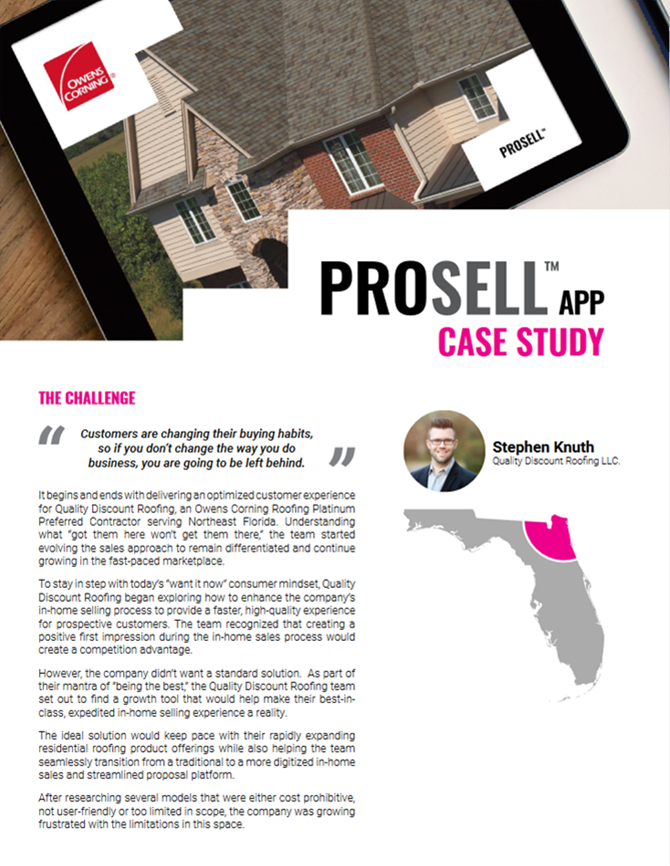Expanding Your Tech Stack

By Anna Anderson, Art Unlimited.
Breaking down some of the critical elements you need to understand before you dive in and build the tech stack for your business.
Leveraging technology for your business is something many business owners do with ease. Others struggle with configuring the pieces and get the bare necessities configured. Yet others simply don't even try to use technology. If you are in one of the latter groups, don't be ashamed; you are not alone!
Understanding how to utilize existing or emerging technologies takes skill and a bit of intuition. Let's break down some of the critical elements you need to understand before you dive in and build the tech stack for your business.
Vision planning
When I work with a business that has a technology stack, what truly works for their business is they didn't just sign up for a piece of software. Instead, they sit down and map it out:
-
What their business does.
-
What they need technology to do for them.
-
Where they are going.
The last element of "Where is your business going" is critical to understand. Creating a tech stack for your current business model will help short term, but as you expand, you could quickly outgrow its capabilities.
Essential items to consider when looking at your businesses long term tech stack include:
-
Support: Does the customer service team have the same or better experience as the sales staff? A customer service team will make or break your application's ability to expand with your business. They will be the lifeblood to ensuring you are successful long-term.
-
Mobility: Will you need full usage of the software in the field? Not all features are available within mobile applications, so this is always something to consider.
-
Development: How often do updates roll out for the software? The constant development of software is critical, especially as you consider building your business within their application.
Integrations
It's hard to think about the many different types of software you might need, but no one software will do everything you need it to do. Understanding that you will have 3-5+ platforms working for you is critical. Many times I see someone select software which doesn't truly talk/share data with other software. To understand how to make sure the software you select for your tech stack works, you will need to do some research.
Begin asking questions when you meet with software vendors, questions such as:
-
What types of software do you integrate with?
-
This is a technical question "What APIs do you have? Are they two-way or one-way?"
-
Do you work with Zappier?
-
Can I export my data if needed?
Overhead
Making sure you properly budget for software is an important step. Ask questions such as:
-
Is there a set-up fee?
-
Do you charge by user?
-
Are the fees monthly, or is there a discount for annual subscriptions?
-
How long does it usually take to set up the software for companies of like size? Many companies never get past the configuration phase, so you must understand the effort and time you will invest. As your time is money, it might be best in some cases for you to hire a consultant who can assist you with the set-up phase.
These questions will provide you with crucial information to consider. Sometimes the expense is well worth the investment; other times, the efficiencies provided through the software simply aren't worth the investment.
Setting up a fully functioning tech stack is something every business needs to invest in. It's not cheap, but it will streamline your processes and provide you with higher profitability when done right!
Learn more about Art Unlimited in their RCS directory.
Original article source: Roofing & Exteriors






















Comments
Leave a Reply
Have an account? Login to leave a comment!
Sign In